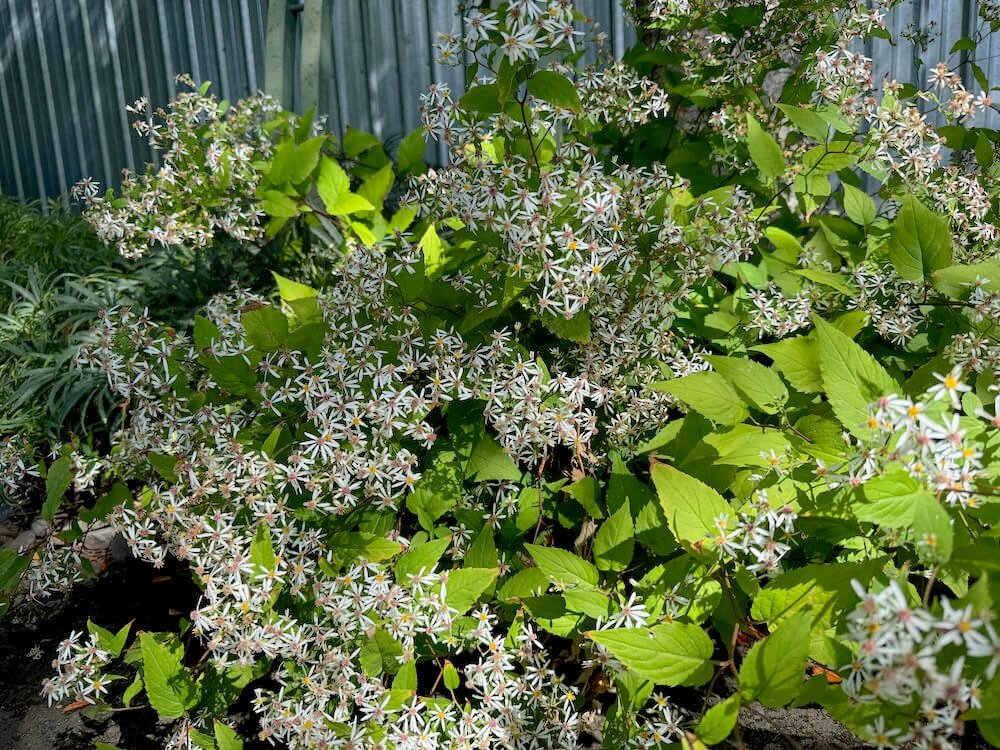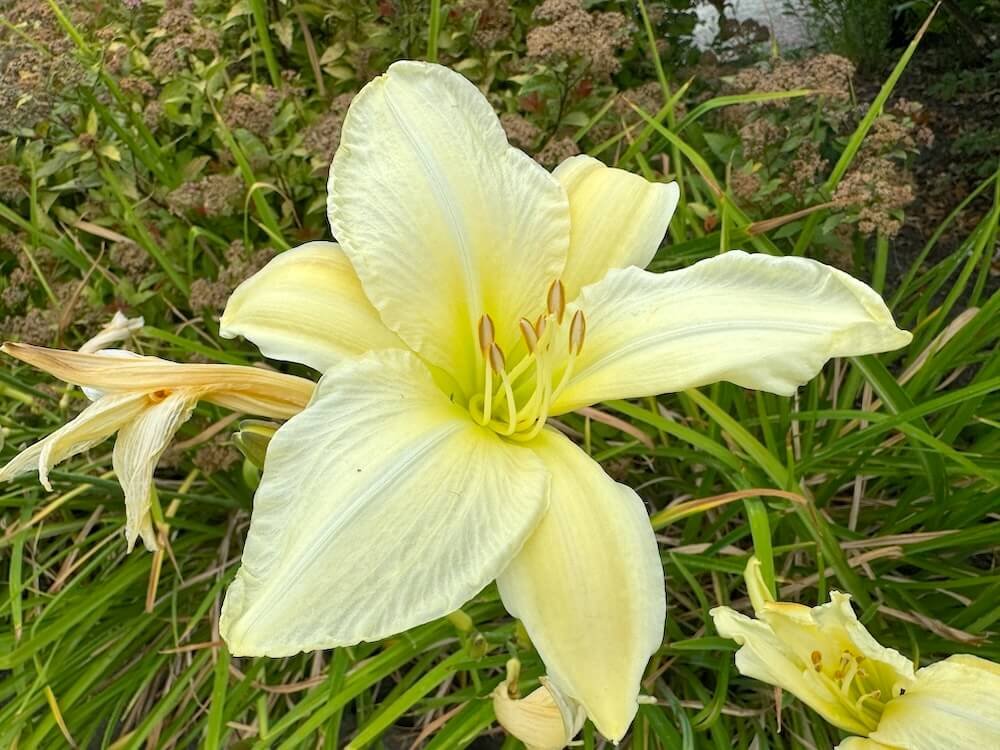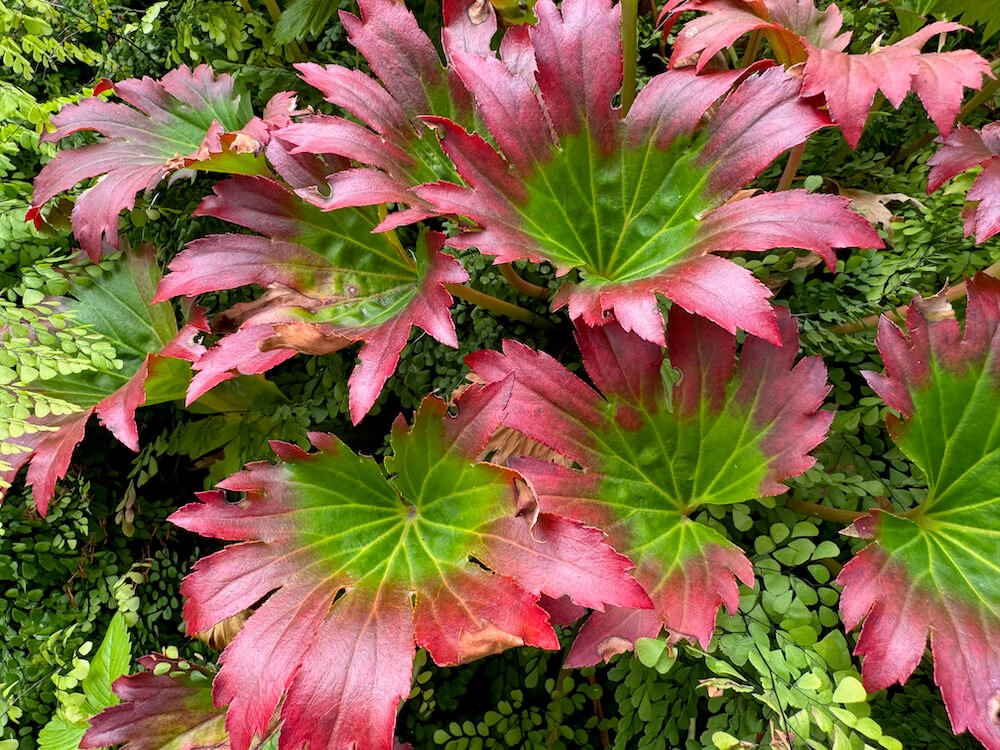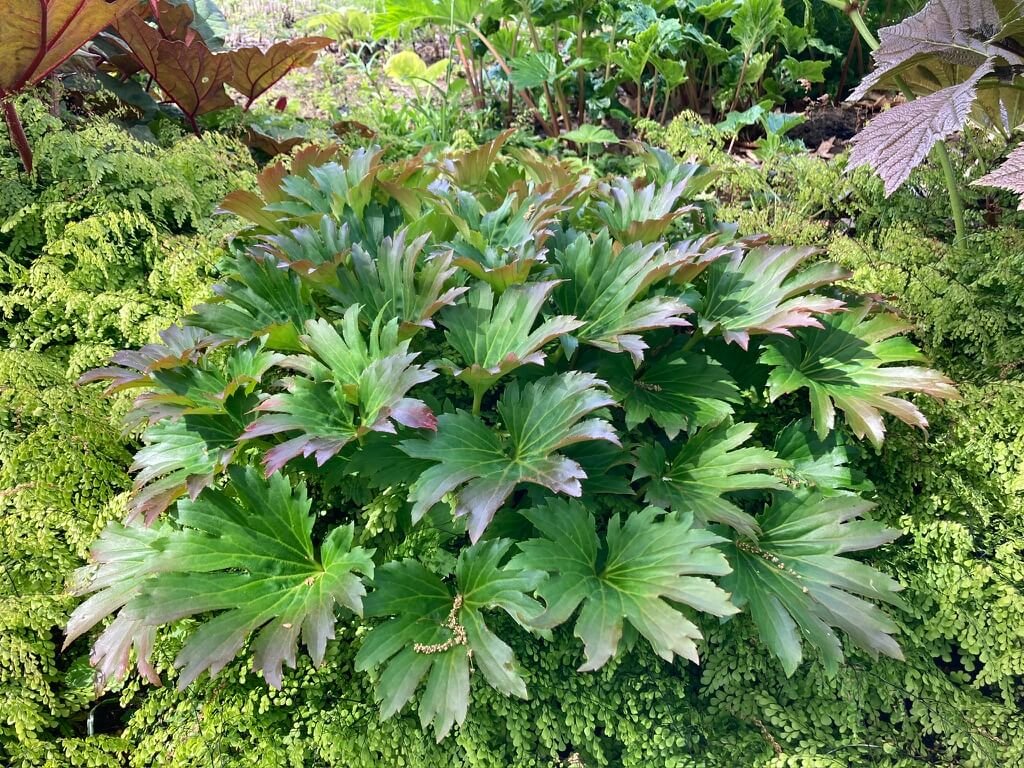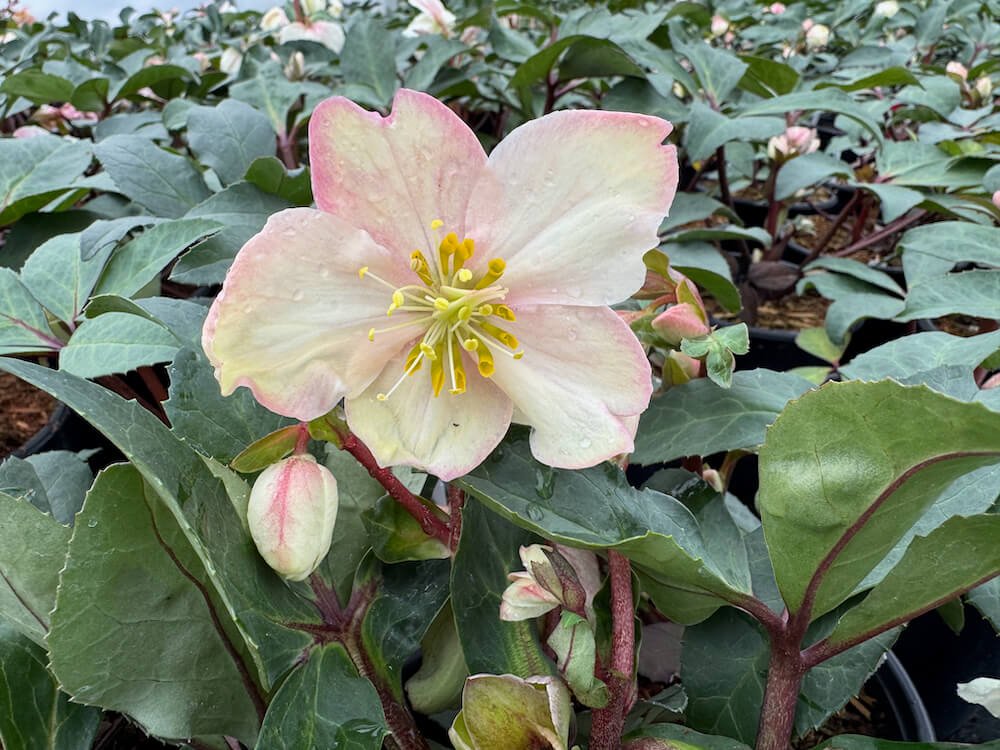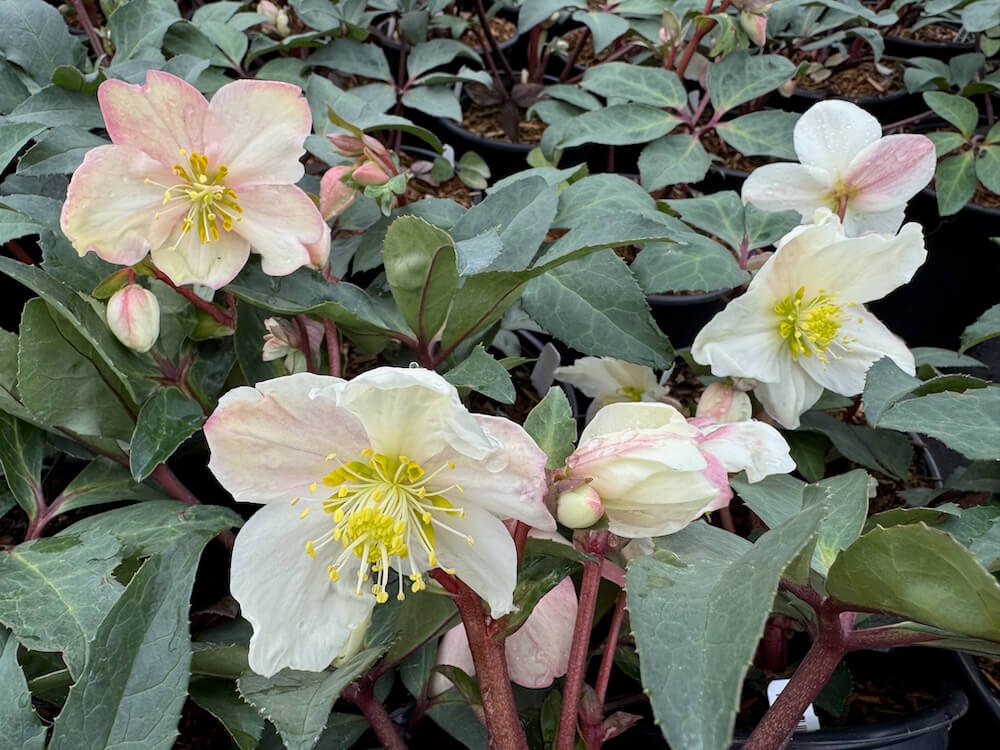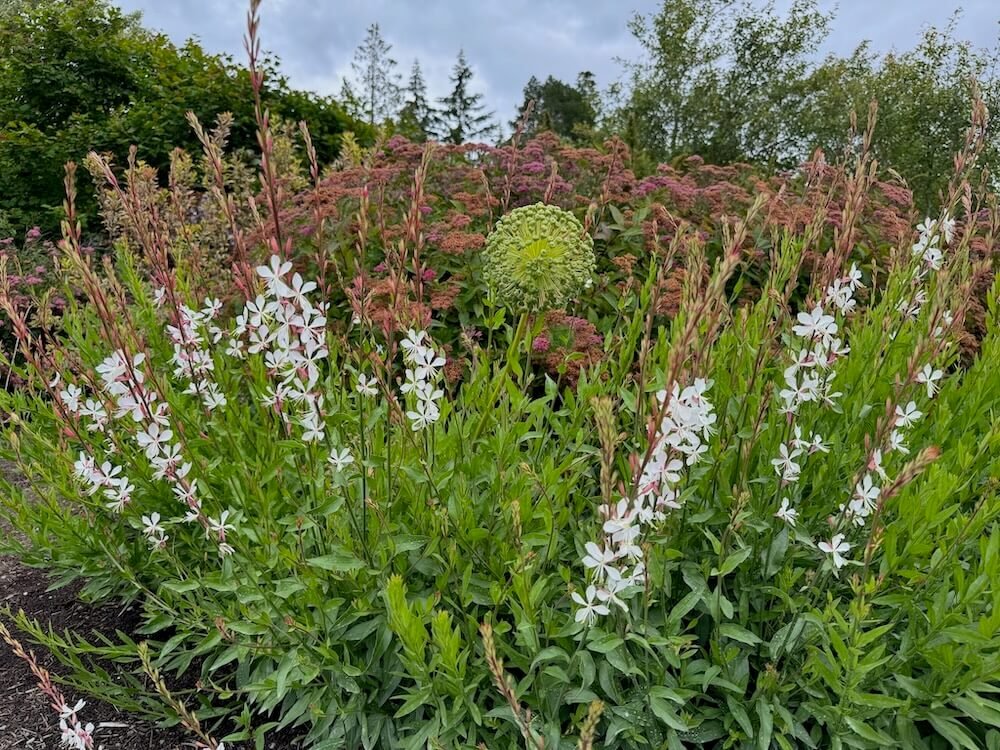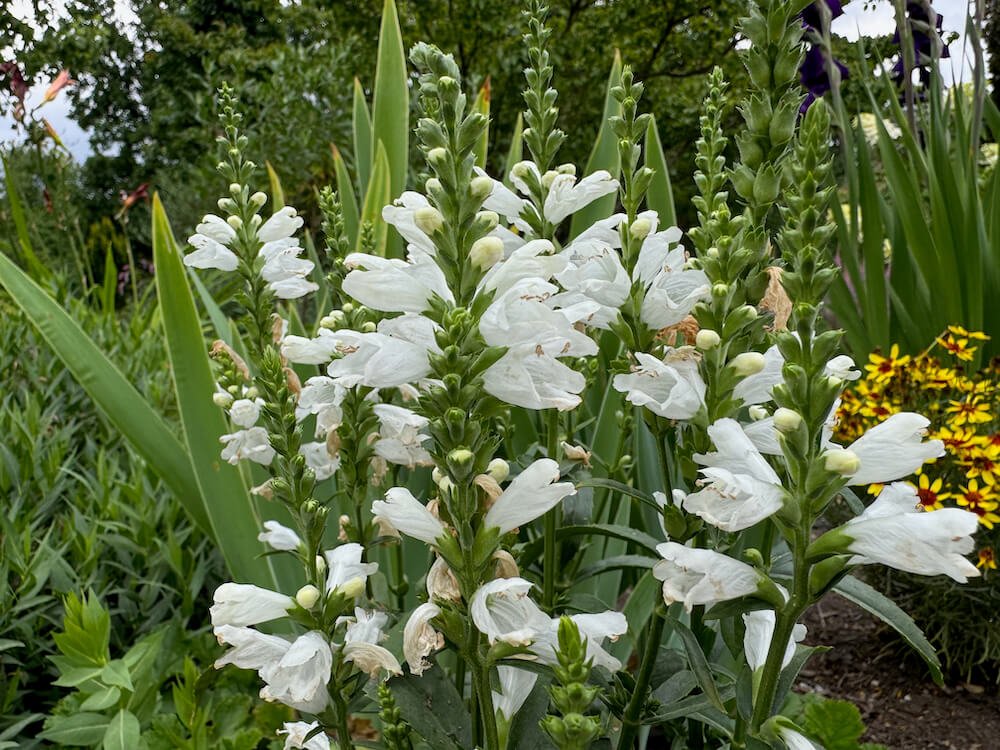DESCRIPTION
Eurybia divaricata 'Eastern Star’ is a compact, clump-forming perennial native to the eastern United States, particularly the Appalachian region. This cultivar is distinguished by its dark, nearly black, glossy stems and heart-shaped, sharply toothed leaves with prominent dark veins. In late summer to early fall, it produces an abundance of small, daisy-like flowers with white petals and yellow centers, creating a delicate and attractive display in shaded garden areas.
'Eastern Star' thrives in dry, shaded environments and is well-suited for groundcover, effectively filling spaces left by spring ephemerals. It is also beneficial for pollinator gardens, attracting butterflies and other beneficial insects. This cultivar was first discovered by Roger Rache in coastal Rhode Island and introduced by Canyon Creek Nursery.
DESCRIPTION
Eurybia divaricata 'Eastern Star’ is a compact, clump-forming perennial native to the eastern United States, particularly the Appalachian region. This cultivar is distinguished by its dark, nearly black, glossy stems and heart-shaped, sharply toothed leaves with prominent dark veins. In late summer to early fall, it produces an abundance of small, daisy-like flowers with white petals and yellow centers, creating a delicate and attractive display in shaded garden areas.
'Eastern Star' thrives in dry, shaded environments and is well-suited for groundcover, effectively filling spaces left by spring ephemerals. It is also beneficial for pollinator gardens, attracting butterflies and other beneficial insects. This cultivar was first discovered by Roger Rache in coastal Rhode Island and introduced by Canyon Creek Nursery.



